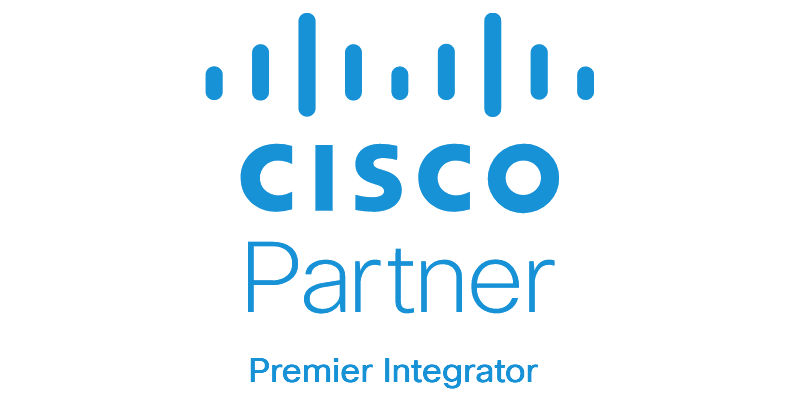Challenge
Traditional security approaches rely on the assumption that everything within the corporate network can be inherently trusted.
However, this perspective is now outdated, given the influence of factors like mobility, BYOD (Bring Your Own Device), IoT (Internet of Things), widespread cloud adoption, increased collaboration, and an intensified emphasis on business resiliency.
In light of the growing sophistication of cyberattacks and the prevalence of remote work, a fresh security paradigm is imperative. This model should seamlessly adapt to the intricacies of the modern environment, accommodate the hybrid workplace, and ensure robust protection for people, devices, applications, and data, regardless of their locations.
Solutions
In contrast, the Zero Trust model treats all resources as external, continuously assessing their trustworthiness before granting access based solely on necessity. Achieving a comprehensive Zero Trust framework involves extending security measures across the entire network environment, encompassing scenarios like:
- Employees accessing sensitive applications, whether within or beyond the enterprise network.
- Contractors and guests utilising the network infrastructure.
- Application-to-application communications.
- Interactions among industrial control systems.
To help understand the architecture, we break it down into three pillars:
User and Device Security: Ensuring users and devices can be trusted as they access systems, regardless of location.
Network: Protecting all network resources on-premises and in the cloud, ensuring secure access for all connecting users.
Cloud and Application Security: Preventing unauthorized access within application environments, regardless of their hosting location.
For business and security executives facing the challenge of mitigating risk at scale, we offer the expertise to establish and maintain Zero Trust policies across all control points. All this is done while preserving a seamless user experience and maximizing team productivity



